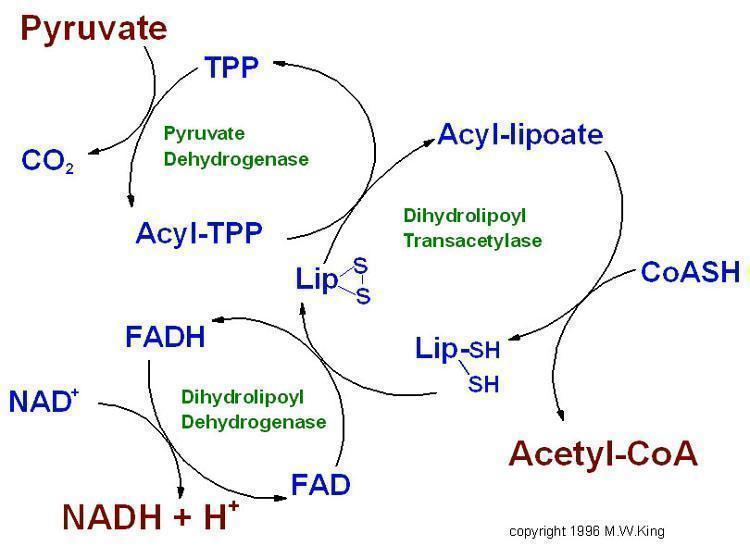J
jb116
Guest
Yes I agree with you about hypermethylaytion, which is why I stated before that in a cancer state the theoretical caveat goes out the window: I am firmly for the use of high dose niacinamide in those states. i.e. derangement of FAS/FAO with hypoxia and acidosis as the primary spark. If you do ask Peat, I'd really love to know what his actual reason is as well, that would be great. That's interesting about high dose NAM inhibiting b-oxid too, thanks. What are your thoughts on FFA rebound with B3?Niacinamide does start to inhibit beta-oxidation in higher doses.
Long-term Treatment With Nicotinamide Induces Glucose Intolerance And Skeletal Muscle Lipotoxicity
"...NAM reduced exogenous FA oxidation and increased TAG esterification in skeletal muscle (Fig. 2C and D).We measured the concentration of the intracellular lipid metabolite DAG in skeletal muscle. We found that NAM led to a significant increase in skeletal muscle DAG content compared with controls (Fig. 2E) but no change in ceramide content (Fig. 2F). We also found that NAM caused a significant muscle loss in EDL (Fig. 2G). The present data demonstrate that NAM alters energy substrate preference in skeletal muscle and reduces the capacity of FA oxidation."
I will ask Peat about the methylation because my understanding is that excessive methylation is actually one of the triggers of cancer. Hypermethylation is known to be associated with many cancers, while there are almost no known cases of hypomethylation promoting cancer except possibly in the BRCA1/2 cases.
DNA methylation in cancer - Wikipedia

